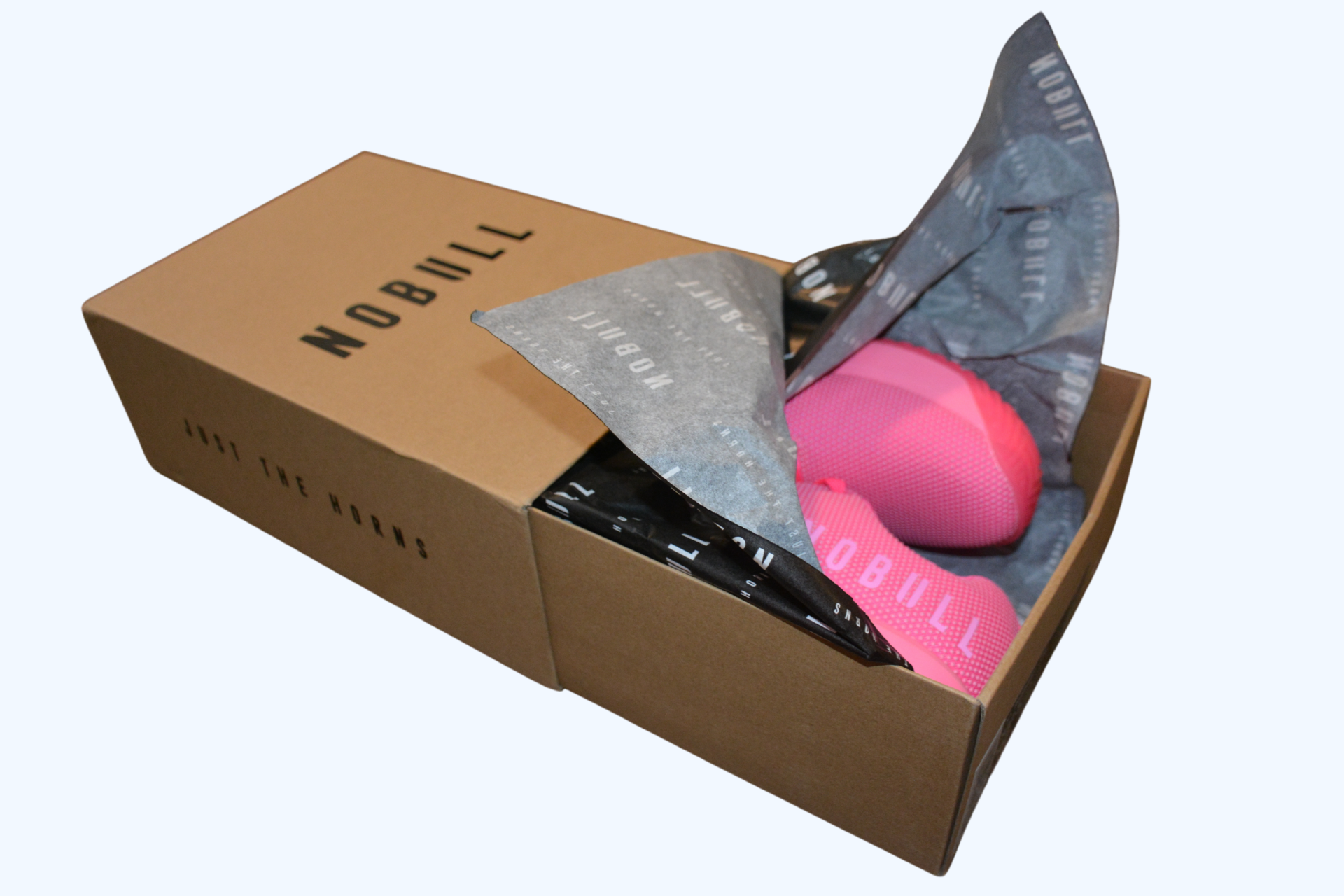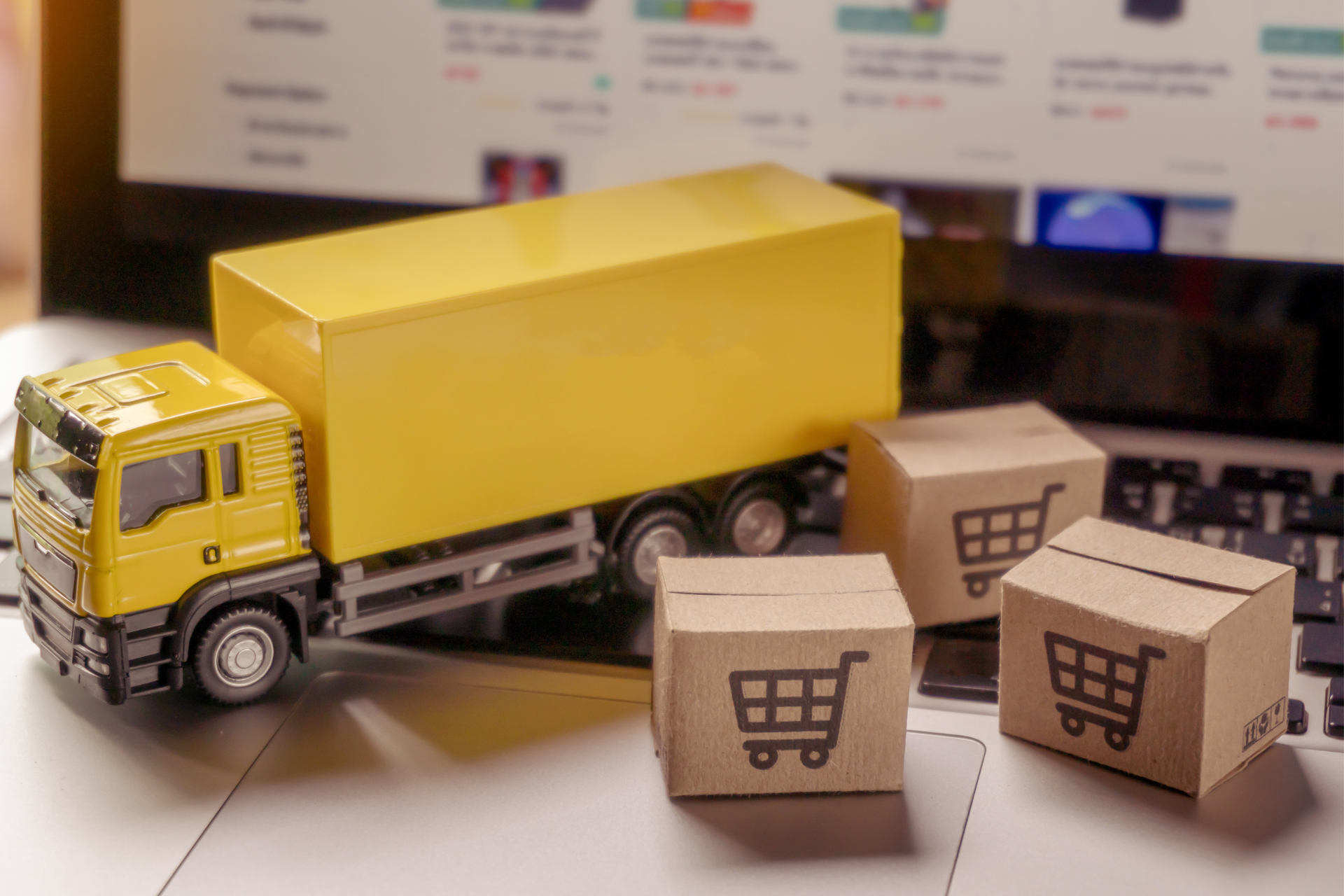How Should the Logistics Industry Adjust to Big Data?
In today’s competitive landscape, there has been a surge of data and information in all business sectors. The logistics industry is certainly no exception to this trend. The ability to pass information between supply chain partners via mobile devices, satellite systems, and electronic data interchange is being embraced by more and more companies daily. IT companies are constantly adapting to the evolving world of data. As a result, new hardware and software solutions are developing innovative and organized methods to handle all of this “big data."
The logistics world, as well as other broader market's business sectors, will recognize what IT-savvy companies already know. All companies will need a strategy to handle the increasing wave of data being processed daily. If handled in the correct manner, companies will be able to digest and analyze this information; thereby enabling executives and operations personnel to make timely decisions with the insights provided. Although big data has been around for some time in the logistics industry, most companies are really in the initiation stage of developing a real strategy for it. It is certainly an advantage to have access to information, but it is even more critical to have a strategy in place for the interpretation and implementation of this data. Logistic companies and executives who develop strategies and implement processes on managing this data will ultimately be the organizations which will thrive in this new era of information.
We are also entering an era of unprecedented levels of real-time visibility to new data through mobile devices in the logistics industry. There are new data sources supplying real-time supply-chain data everywhere we look. Electronic On Board Recorders (EOBRs) in trucks, sensors and RF tags in trailers, RF readers in distribution centers, and the massive numbers of modern handheld devices (smart phones and tablet PCs) are all sending, receiving and processing huge amounts of data that have not been part of our business world until now. The deluge of new data is being driven by a need to manage assets more efficiently, have greater visibility and control over supply chains, new regulations, and the need to communicate from anywhere at any time.
Data-driven decision-making is becoming a more recognized path to success and a sustained competitive advantage for global logistics companies. Amazon.com handles millions of back-end operations every day, as well as queries from more than half a million third-party sellers. The core technology that keeps Amazon running is Linux-based and as of 2005, they had the world’s three largest Linux databases, with capacities of 7.8 TB, 18.5 TB, and 24.7 TB. As the leader in the information technology world, Amazon is at the forefront of interpreting big data for future strategy and implementation.
In the retail sector, social networks will offer new and progressive avenues to reach or “touch” the consumer. Analytics and data will follow closely with these newly formed bonds. With these trends in sight, logistics companies should prepare for the demand, as orders will certainly follow from this relationship.
With the surge of information, there are definite challenges that present themselves in many forms. One of the largest factors is the internal infrastructure of logistics organizations. Information is great, but what does a company do with it, if it is not yet equipped to handle or sort it? According to a survey by and several other IT firms, many companies have not even prepared their data to be analyzed. More than half of the companies in question do not have information in an orderly structure, the report explained. Unfortunately, these companies could run into trouble when they try to extract useful insights from their resources. Having the information at your disposal is only one part of the equation, as it is just as important to make key decisions based on sound and experienced judgment. So, one can see where thinking of technology as the “silver bullet” can create more damage than good for unprepared organizations.
Another challenge with big data is making sure the information, and metrics are accurate. Also, can you trust it? Many IT teams spend, on average, half of their time fixing and scrubbing the data. They spend the other half of their time, mostly on maintaining current systems, leaving little or no time for innovation. It has been stated in many arenas that poor data quality can be the Achilles’ heel of supply-chain management. However, so many organizations continue to function, but do so with a steep cost in wasted time and resources.
With the recent proliferation of big data, logistics companies should prepare by ensuring the infrastructure and resources are in place before diving blindly into this field. While it may take more effort and resources on the front end, it will certainly be an effort worth it in the long run. Information and technology are very powerful combination. However, it is how an organization leverages this information and technology that is the most important question.
Recent Blog Posts







